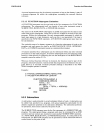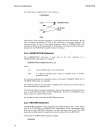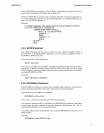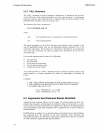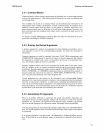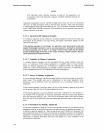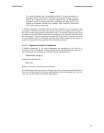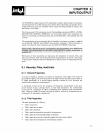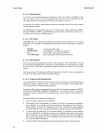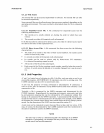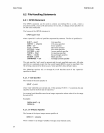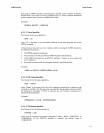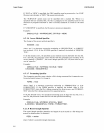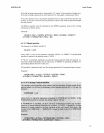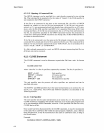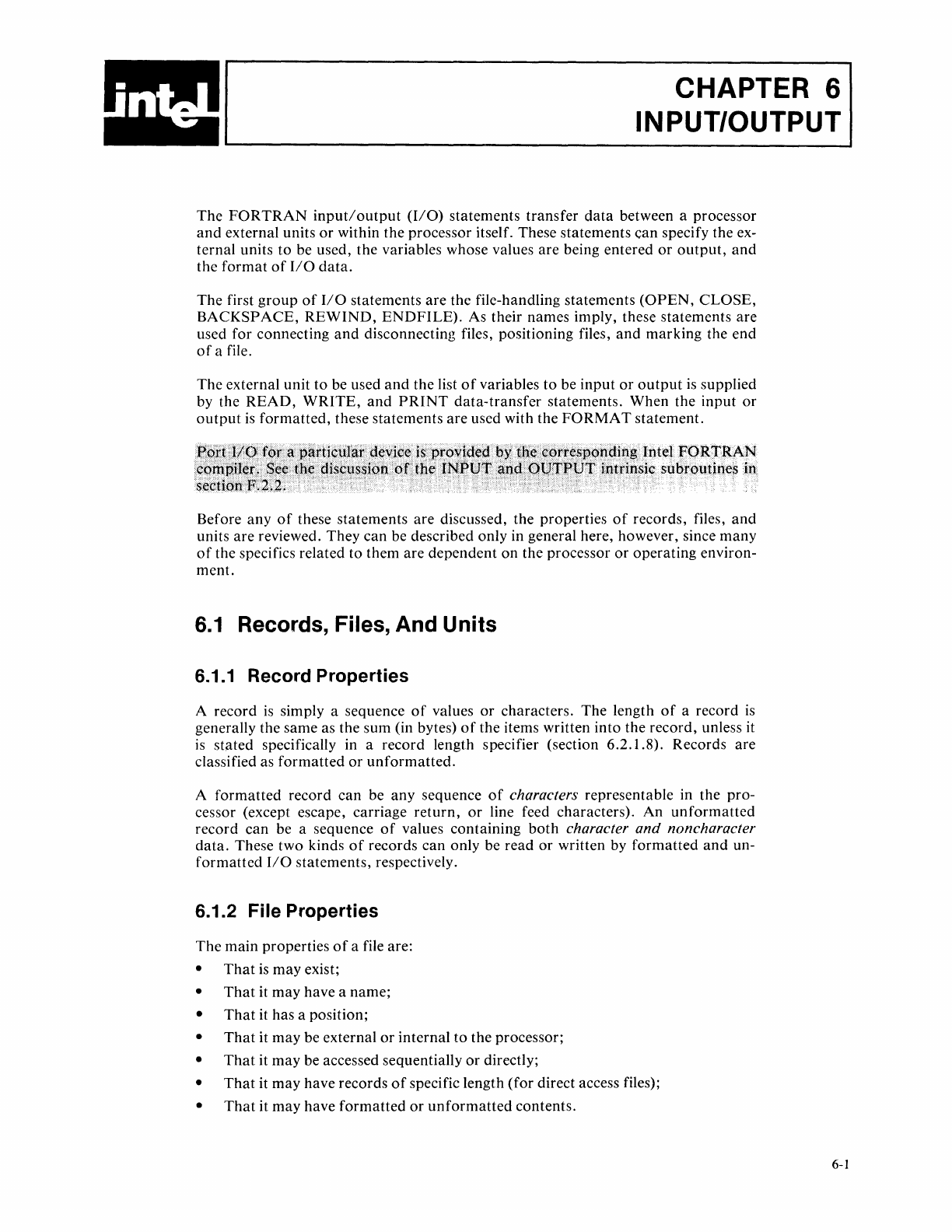
CHAPTER
61
INPUT/OUTPUT
The
FORTRAN
input/output
(I/O)
statements transfer
data
between a processor
and
external units
or
within the processor itself. These statements can specify the ex-
ternal units
to
be used, the variables whose values are being entered
or
output,
and
the
format
of
I/O
data.
The first
group
of
I/O
statements are the file-handling statements
(OPEN,
CLOSE,
BACKSPACE,
REWIND,
ENDFILE).
As their names imply, these statements are
used for connecting
and
disconnecting files, positioning files,
and
marking the end
of
a file.
The external unit
to
be used
and
the list
of
variables to be
input
or
output
is
supplied
by the
READ,
WRITE,
and
PRINT
data-transfer
statements. When the input
or
output
is
formatted, these statements are used with the
FORMAT
statement.
~~f:~~~~t~~~~~r.~~~~I~~.9:~~~~.~I~Btg1~<l~~t~.*P~~~2t:E~?P:S>~~i~~Intetf:9RjR~N
?~~~;~~~f~rp/~Ptq~$gt;l~~!pp.qr~lif:.~~~'~~Jl9.~~ffJf!J;Jff
••
jq~ril1s~<:.
su
broutine~
·in
s.ectionF.2,2. . .
Before any
of
these statements are discussed, the properties
of
records, files,
and
units are reviewed. They can be described only in general here, however, since many
of
the specifics related to them are dependent on the processor
or
operating environ-
ment.
6.1
Records, Files, And Units
6.1.1
Record Properties
A record
is
simply a sequence
of
values
or
characters. The length
of
a record
is
generally the same as the sum (in bytes)
of
the items written into the record, unless it
is
stated specifically in a record length specifier (section 6.2.1.8). Records are
classified as formatted
or
unformatted.
A formatted record can be any sequence
of
characters representable in the pro-
cessor (except escape, carriage
return,
or
line feed characters). An
unformatted
record can be a sequence
of
values containing
both
character
and
non character
data.
These two kinds
of
records can only be read
or
written by formatted
and
un-
formatted
I/O
statements, respectively.
6.1.2 File Properties
The main properties
of
a file are:
•
That
is
may exist;
•
That
it may have a name;
•
That
it has a position;
•
That
it
may be external
or
internal
to
the processor;
•
That
it may be accessed sequentially
or
directly;
•
That
it may have records
of
specific length
(for
direct access files);
•
That
it
may have formatted
or
unformatted
contents.
6-1



